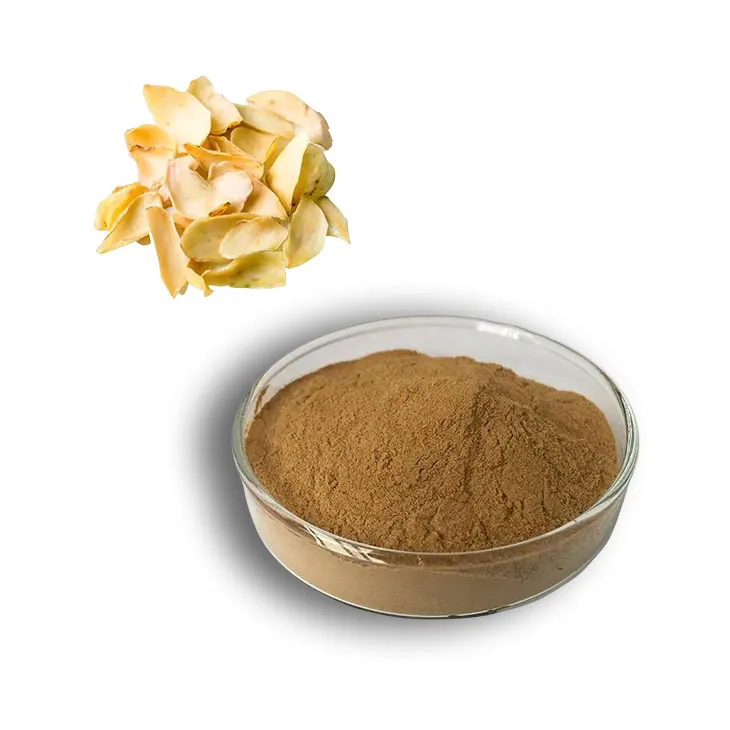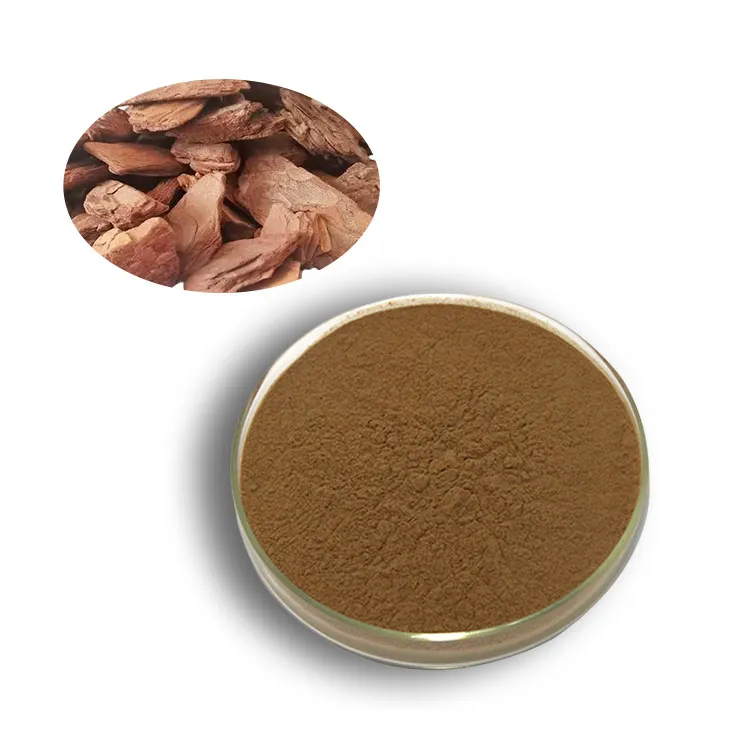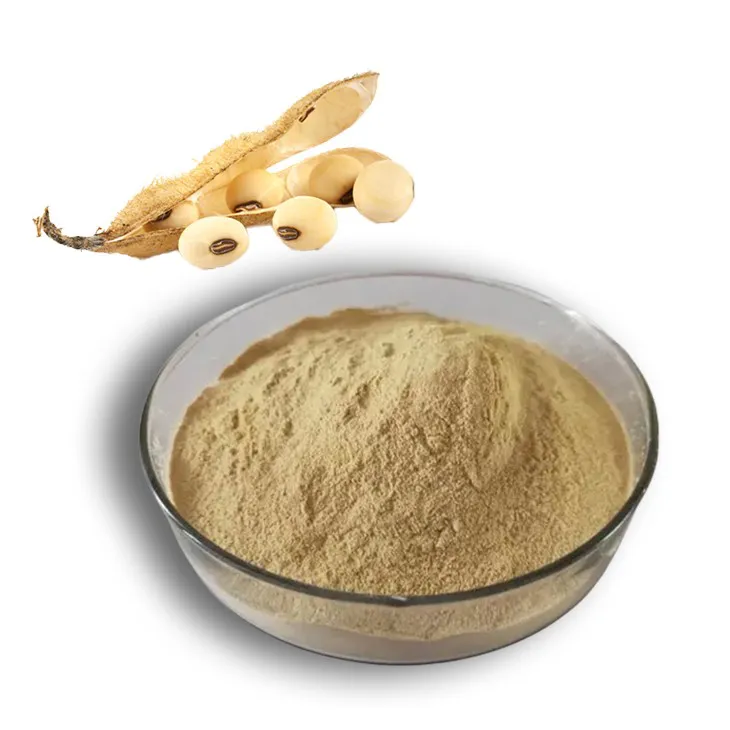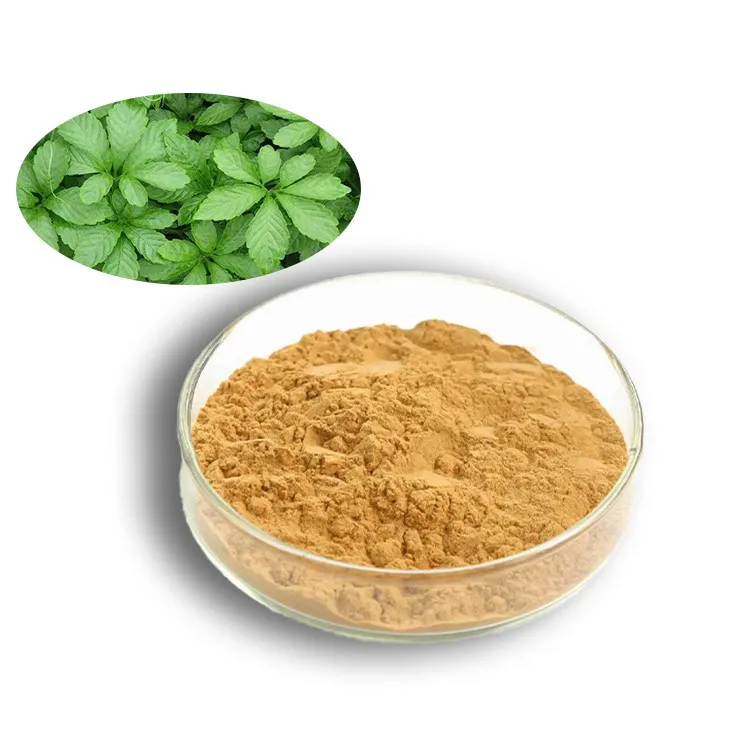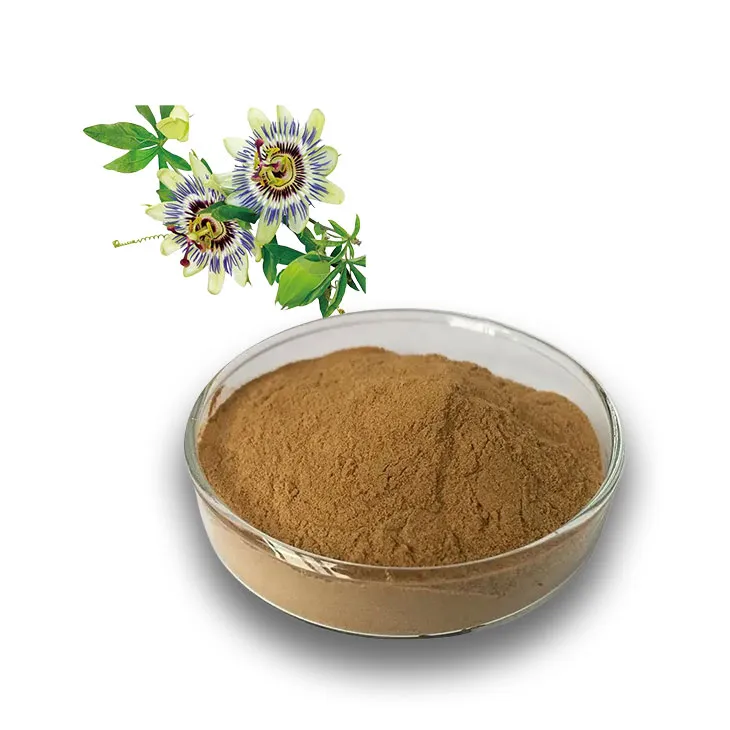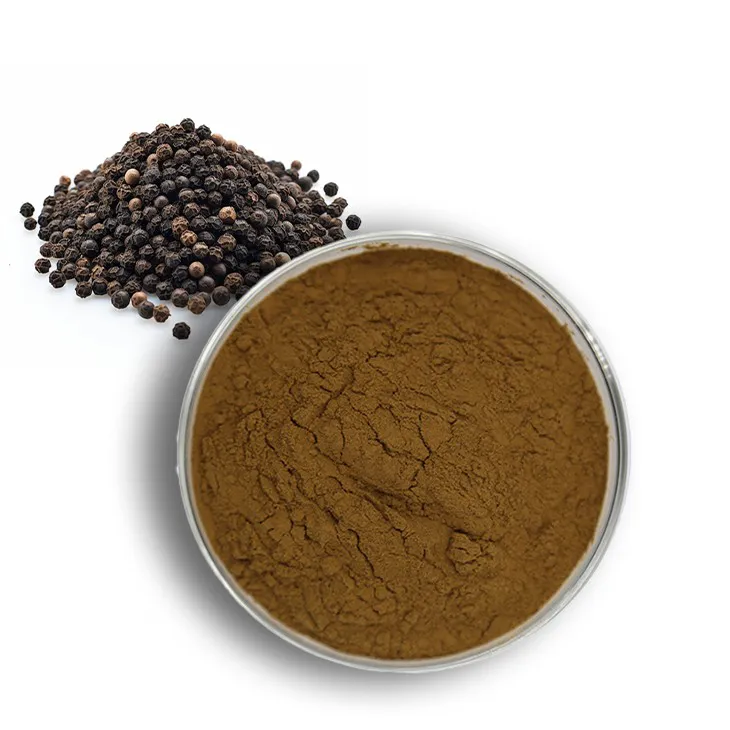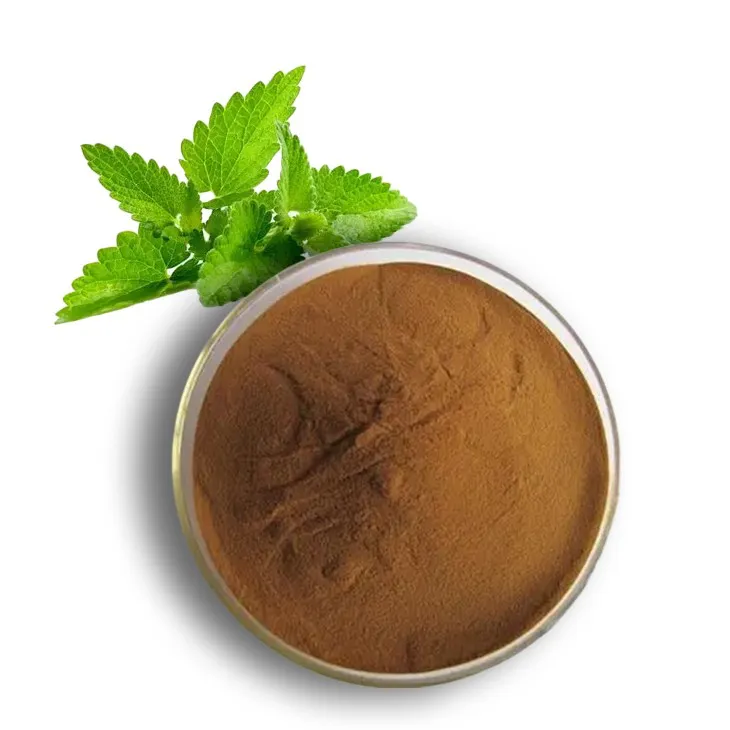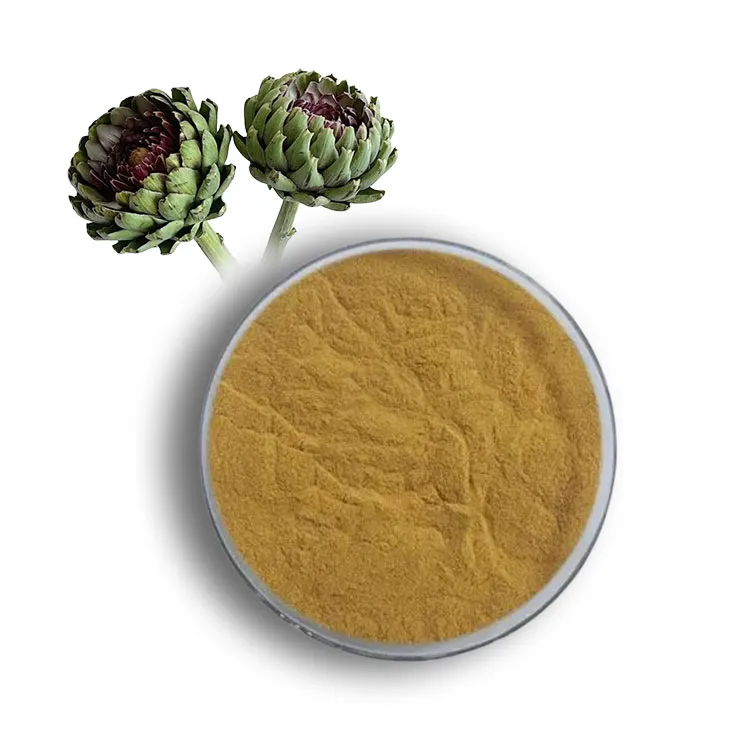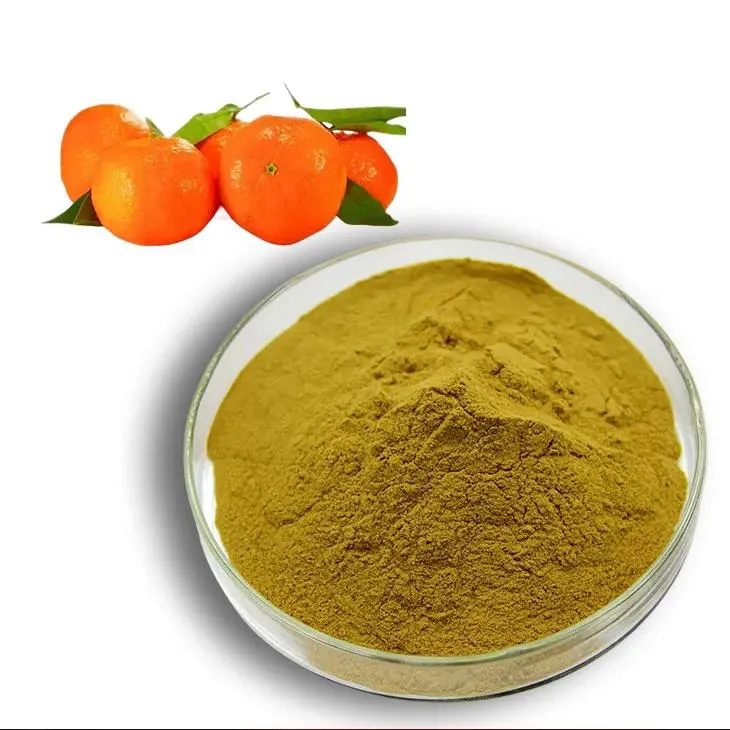- 0086-571-85302990
- sales@greenskybio.com
What Fruit Is Buckthorn? A Comprehensive Guide to Sea Buckthorn
2025-10-25
Buckthorn may not be a household name worldwide, but its brightly colored berries and potent health benefits have earned it a growing reputation in the wellness, skincare, and nutritional industries. Known scientifically as Hippophae rhamnoides and commonly referred to as sea buckthorn, this hardy fruit-bearing shrub has been used for thousands of years in traditional medicine.Today, modern science continues to validate many of its ancient uses.
This article provides a deep exploration of what buckthorn fruit actually is, including its origins, nutritional profile, medicinal properties, uses across industries, cultivation challenges, and important consumer considerations.
What Exactly Is Buckthorn?
Despite what its name might suggest, buckthorn is not related to traditional thorny trees nor is it a true citrus fruit. Instead, it is a berry-producing deciduous shrub primarily found in cold, harsh coastal areas and mountainous regions.
Sea buckthorn plants are resilient and can thrive in poor soil conditions. The shrub belongs to the Elaeagnaceae family and typically grows around riverbanks, seashores, and sandy environments—hence the name “sea” buckthorn.
There is also a separate group of plants known as common buckthorn (Rhamnus cathartica), which produce dark purple berries. However, the fruit commonly associated with health benefits, supplements, and superfood status is sea buckthorn.
To avoid confusion, this article focuses entirely on sea buckthorn fruit.
Where Does Sea Buckthorn Come From?
Sea buckthorn is believed to have originated in central Asia and has been used in:
Traditional Chinese Medicine for over 1,000 years
Tibetan and Mongolian medicinal practices
Ancient Greek herbal therapy, where it was fed to horses to improve their strength and coat shine
Today, it is commercially cultivated in regions including:
China (largest global producer)
Russia and Eastern Europe
Mongolia
Finland and other northern European countries
Canada
It is particularly valued in areas prone to desertification, thanks to its ability to stabilize soil and prevent erosion.
What Does Sea Buckthorn Fruit Look and Taste Like?
Sea buckthorn berries are small, oval-shaped, and generally bright orange or yellow, forming dense clusters along the shrub’s branches. Their vibrant color is due to high levels of carotenoids, the same pigment that makes carrots orange.
Taste profile
The flavor of sea buckthorn is often described as:
Tart
Citrusy
Slightly pineapple-like
Sour yet refreshing
Because of its strong acidity, the fruit is rarely eaten raw. Instead, it is processed into:
Juices
Oils
Jams and syrups
Supplements (pills, capsules, powders)
Cosmetics
Why Is Sea Buckthorn Sometimes Called a “Superfruit”?
The term “superfruit” is applied to foods with exceptionally high nutrient density, and sea buckthorn fits the category well.
It is uniquely rich in:
Vitamin C — higher than oranges and lemons
Vitamin E
Carotenoids (beta-carotene, Lycopene)
Flavonoids and antioxidants
Omega fatty acids
What truly sets sea buckthorn apart is that it is one of the only known plants that naturally contains all four omega fatty acids:
Omega-3
Omega-6
Omega-7
Omega-9
Omega-7 (palmitoleic acid) is extremely rare in plants, giving sea buckthorn a distinct nutritional advantage.
What Nutritional Benefits Does Sea Buckthorn Offer?
Sea buckthorn is a powerhouse of bioactive compounds that contribute to significant health-enhancing effects.
Key nutrients found in the fruit
| Nutrient Type | Notable Compounds | Benefits |
|---|---|---|
| Vitamins | Vitamin C, E, K, B-complex | Immune support, skin health, antioxidant strength |
| Fatty Acids | Omega-3, 6, 7, 9 | Heart health, skin moisture retention |
| Minerals | Iron, Magnesium, Potassium | Energy metabolism, blood function |
| Antioxidants | Carotenoids, Flavonoids | Anti-inflammatory protection |
| Plant Sterols | β-sitosterol | Cholesterol regulation |
The combined effect of these nutrients makes sea buckthorn highly protective against cell damage and beneficial for whole-body wellness.
How Does Sea Buckthorn Support Skin Health?
One of the most celebrated uses of sea buckthorn is in dermatology and skincare.
The oil extracted from its berries and seeds contains compounds that:
Promote tissue regeneration
Strengthen the skin barrier
Help retain moisture
Reduce inflammation
Known skincare benefits
Anti-aging: reduces wrinkles and improves elasticity
Hydration and healing: supports dry, sensitive, or damaged skin
Protection: shields against UV-induced stress
Anti-acne properties: regulates excessive sebum and reduces redness
It is frequently included in:
Facial serums and oils
Creams for eczema or psoriasis
Lip balms
Sun-protective products
Because of its vibrant pigment, Sea buckthorn oil is naturally deep orange and may slightly tint products or skin, which highlights its high carotenoid content.
What Are the Internal Health Benefits of Sea Buckthorn?
1️⃣ Immune System Support
Thanks to extraordinary levels of Vitamin C and antioxidants, sea buckthorn helps protect the body from:
Infections
Cellular aging
Oxidative stress
2️⃣ Cardiovascular Health
Plant sterols and omega fatty acids help:
Improve cholesterol balance
Reduce arterial inflammation
Support healthy blood circulation
3️⃣ Digestive Wellness
Sea buckthorn is traditionally used to soothe:
Stomach ulcers
Gastrointestinal inflammation
Acid reflux irritation
4️⃣ Anti-Inflammatory Effects
Useful for:
Arthritis
Chronic inflammatory conditions
Post-exercise recovery
5️⃣ Vision and Brain Health
Carotenoids and essential fatty acids help maintain:
Retina function
Cognitive performance during aging
6️⃣ Metabolic and Liver Protection
Some studies suggest that sea buckthorn supports:
Metabolic balance
Reduced liver fat accumulation
While more clinical research is ongoing, the early evidence is very promising.
How Is Sea Buckthorn Processed and Used?
Sea buckthorn berries are versatile in the food, cosmetic, and pharmaceutical industries.
Popular consumable forms
Juice and smoothies
Teas
Jams and syrups
Powdered supplements
Therapeutic and cosmetic uses
Extracts for herbal remedies
Cold-pressed oils for topical care
Nutraceutical capsules
Due to its strong acidity, the fruit is usually sweetened or blended to balance flavor in culinary applications.
Is All Buckthorn Safe to Eat?
This is a critical question. While sea buckthorn is safe and beneficial, common buckthorn (Rhamnus cathartica) and some related species are:
Considered invasive
Used historically as laxatives
Potentially toxic to livestock
Therefore, proper identification is essential. Products marketed globally are almost always sourced from Hippophae rhamnoides, the safe and edible type of buckthorn. Nevertheless, foraging without expertise is not recommended.
Are There Any Side Effects or Contraindications?
Sea buckthorn is generally well tolerated, but certain individuals should use caution.
Possible mild side effects
Diarrhea or digestive upset if taken in excess
Skin sensitivity to sunlight when using highly concentrated oil
Not recommended for:
People with blood-clotting disorders or those on anticoagulants
Individuals preparing for surgery
Those with allergies to components of the plant
Pregnant and breastfeeding women should consult a healthcare provider before trying supplements, as research remains limited for these groups.
How Is Sea Buckthorn Cultivated and Harvested?
The plant is cultivated not only for its fruit but also for environmental benefits:
Soil revitalization
Preventing erosion in fragile ecosystems
Supporting wildlife with nectar and shelter
Challenges in cultivation
Berries are fragile and difficult to harvest by hand
The shrub has sharp thorns
Conventional harvesting equipment may crush the fruit
Innovative freezing and shaking techniques are increasingly used to detach berries without damage.
Sea buckthorn is also prized by farmers because it fixes nitrogen in the soil, improving land fertility for future crops.
Why Is Sea Buckthorn Gaining Global Popularity?
Several major trends support the rising demand for sea buckthorn products:
✅ Increasing desire for natural immune support
✅ Growth in clean beauty and anti-aging skincare
✅ Demand for omega-7 fatty acids for heart and metabolic health
✅ Rising acceptance of superfoods backed by scientific validation
Countries like Canada and Finland have invested heavily in sea buckthorn cultivation, signaling widespread commercial potential.
Major industries benefiting include:
Nutraceuticals
Functional beverages
Natural skincare and cosmetics
As scientific research expands, its global reputation is expected to grow even more.
How Do You Incorporate Sea Buckthorn Into Your Diet?
Here are some easy ways to enjoy the fruit:
Add 1–2 teaspoons of Sea buckthorn oil to smoothies
Drink sea buckthorn juice diluted with water or other juices
Try sea buckthorn jam on toast or pastries
Take supplements if you prefer a milder taste
Because of the fruit’s tartness, beginners may prefer sweetened blends until they adjust to the flavor.
What Should Consumers Look for When Buying Sea Buckthorn Products?
Quality can vary significantly depending on processing methods.
Look for:
Cold-pressed oils for maximum nutrient preservation
Certified organic products to avoid contamination
Transparent labeling specifying berry vs seed oil (both have unique benefits)
Minimal additives or artificial sweeteners in beverages
When possible, choose reputable brands with third-party testing and proper sustainability practices.
What Makes Sea Buckthorn Environmentally Valuable?
Sea buckthorn contributes positively to ecosystems by:
Preventing soil loss in high-erosion regions
Providing food and habitat for birds and bees
Supporting biodiversity in harsh climates
It is often used in ecological restoration programs, especially where land has degraded due to human or climate-driven environmental changes.
Thus, cultivating sea buckthorn can be both economically and environmentally sustainable.
Final Thoughts: Why Should You Care About Buckthorn Fruit?
Sea buckthorn is far more than a colorful berry. It is a nutrient-rich superfruit that:
Strengthens immunity
Supports cardiovascular and digestive health
Enhances skin repair and appearance
Offers rare omega-7 fatty acids
Contributes to environmental resilience
Whether consumed as a supplement, used in skincare, or incorporated into functional foods, the fruit has undeniable value backed by both ancient wisdom and modern science.
As research continues to uncover new applications, sea buckthorn is likely to become a staple in health-focused diets around the world. If you are seeking natural products that support long-term wellness, this remarkable fruit is definitely worth exploring.
Visit Greenskybio.com, a great article source where you can learn about Supplements and their health benefits, you also can get the latest food Supplements. Green Sky Bio provides the best extracts and supplements. It is a Chinese self-developed brand that is trustworthy! Welcome to email us to inquire about our products.
- ▶ Hesperidin
- ▶ Citrus Bioflavonoids
- ▶ Plant Extract
- ▶ lycopene
- ▶ Diosmin
- ▶ Grape seed extract
- ▶ Sea buckthorn Juice Powder
- ▶ Fruit Juice Powder
- ▶ Hops Extract
- ▶ Artichoke Extract
- ▶ Mushroom extract
- ▶ Astaxanthin
- ▶ Green Tea Extract
- ▶ Curcumin
- ▶ Horse Chestnut Extract
- ▶ Other Product
- ▶ Boswellia Serrata Extract
- ▶ Resveratrol
- ▶ Marigold Extract
- ▶ Grape Leaf Extract
- ▶ New Product
- ▶ Aminolevulinic acid
- ▶ Cranberry Extract
- ▶ Red Yeast Rice
- ▶ Red Wine Extract
-
Lily extract
2025-10-25
-
Pine bark Extract Powder
2025-10-25
-
Soy Extract
2025-10-25
-
Gynostemma pentaphyllum extract
2025-10-25
-
Passionflower Extract
2025-10-25
-
Black Pepper Extract
2025-10-25
-
Fenugreek Extract Powder
2025-10-25
-
Peppermint Extract Powder
2025-10-25
-
Artichoke Leaf Extract
2025-10-25
-
Citrus bioflavonoids
2025-10-25











